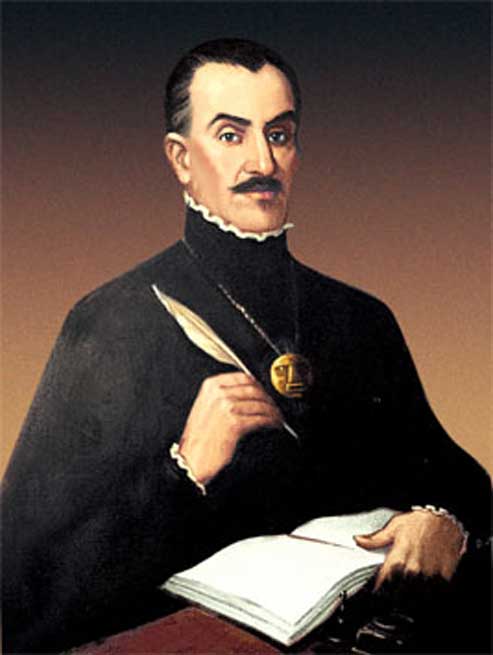
The Golden Stick: Cuzco’s Divine Foundation Myth and The Scientific Connections
Tahuantinsuyo, in ancient Quechua language, is the name indicating the Inca Empire, one of the largest of the South American continent, much more than the Aztec and Maya Empire. In 1532 BC, the Inca Kings ruled over a geographical region including Colombia, Ecuador, Peru, Bolivia, Chile and Argentina. It was an extensive territory inhabited by different communities. Among them, the national group Q’eros had a very special role, because of the characteristics of their mythological traditions. One of the most fascinating tales refers to the myth of Cuzco’s founding, the majestic capital of the great Inca Empire, with its mysterious buildings.
The Founding of Cuzco
Q’eros were direct descendants of the Inca priest caste, and they broke off through the internal areas of Peru, to save themselves from Spanish persecution and murder. They were able to save a great part of their ancient documents, trying to ward off the impending storm of Spanish expedition.

A Q'ero village (Public Domain)
The myth of Cuzco’s (or Cusco) foundation is a very interesting matrix, because of the circumstances and particularity of narration. The myth persists to this day due the Peruvian writer Garcilaso de la Vega. Nicknamed El Inca by the Spanish because of his very indigenous features, he was a result of the marriage between his Spanish father and his royal Inca mother.

El Inca Garcilaso de la Vega, a famous Peruvian writer. (Public Domain)
“General History of Peru” is the title of his famous book, written in 1617 during his residence in Spain. In 1609, the writer established in Spain, where he wrote another well-known book “The Royal Commentaries of the Incas”, based on very precious novels told by Peruvian population living in Cuzco during his visit to the ancient capital of Inca Empire.

Symbol of Inti the Incan Sun God. (Public Domain)




